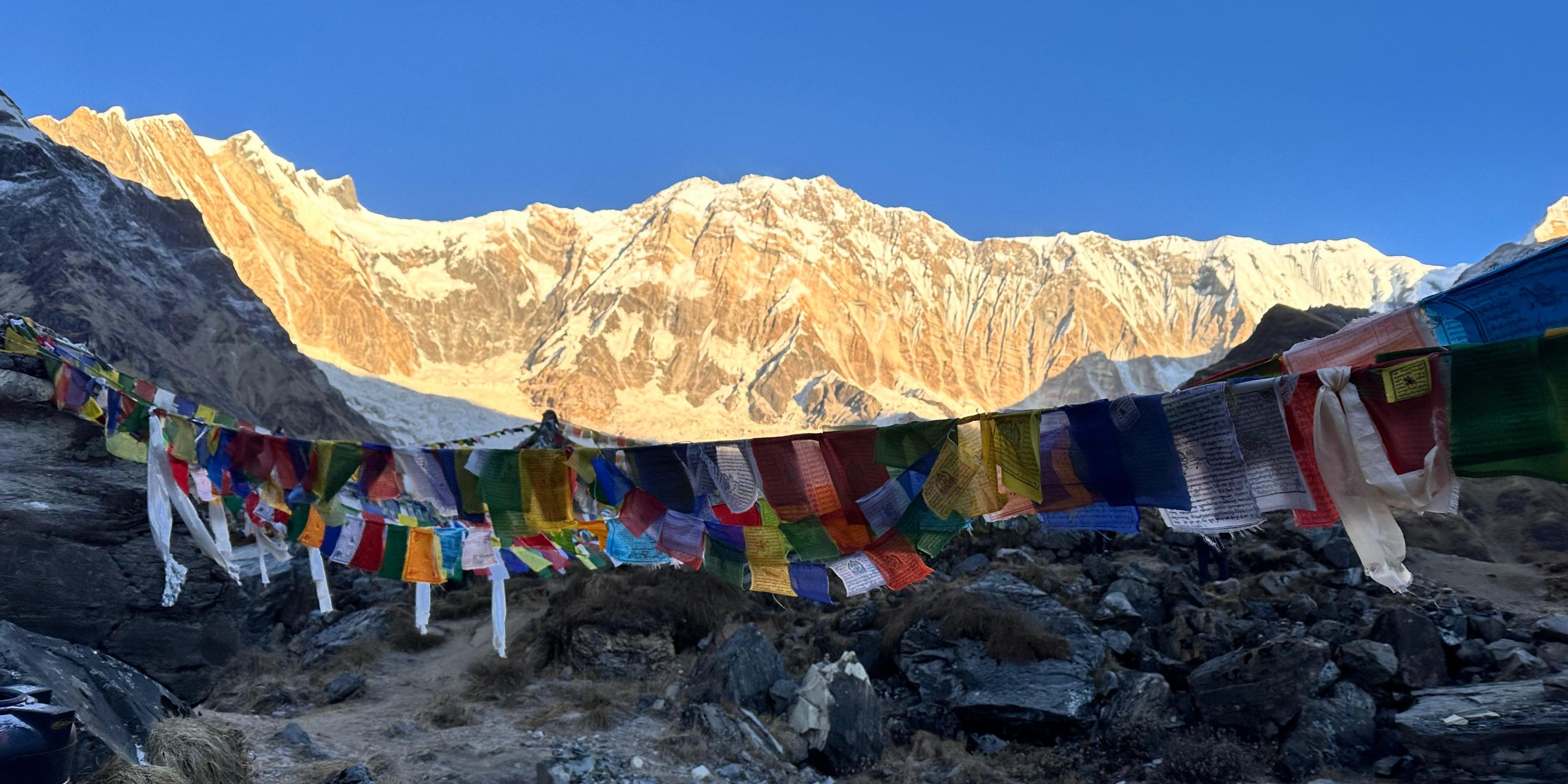Major Travel Activities in Nepal
Nepal, a landlocked country nestled in the heart of the Himalayas, is renowned for its stunning landscapes, rich culture, and warm hospitality. With e...

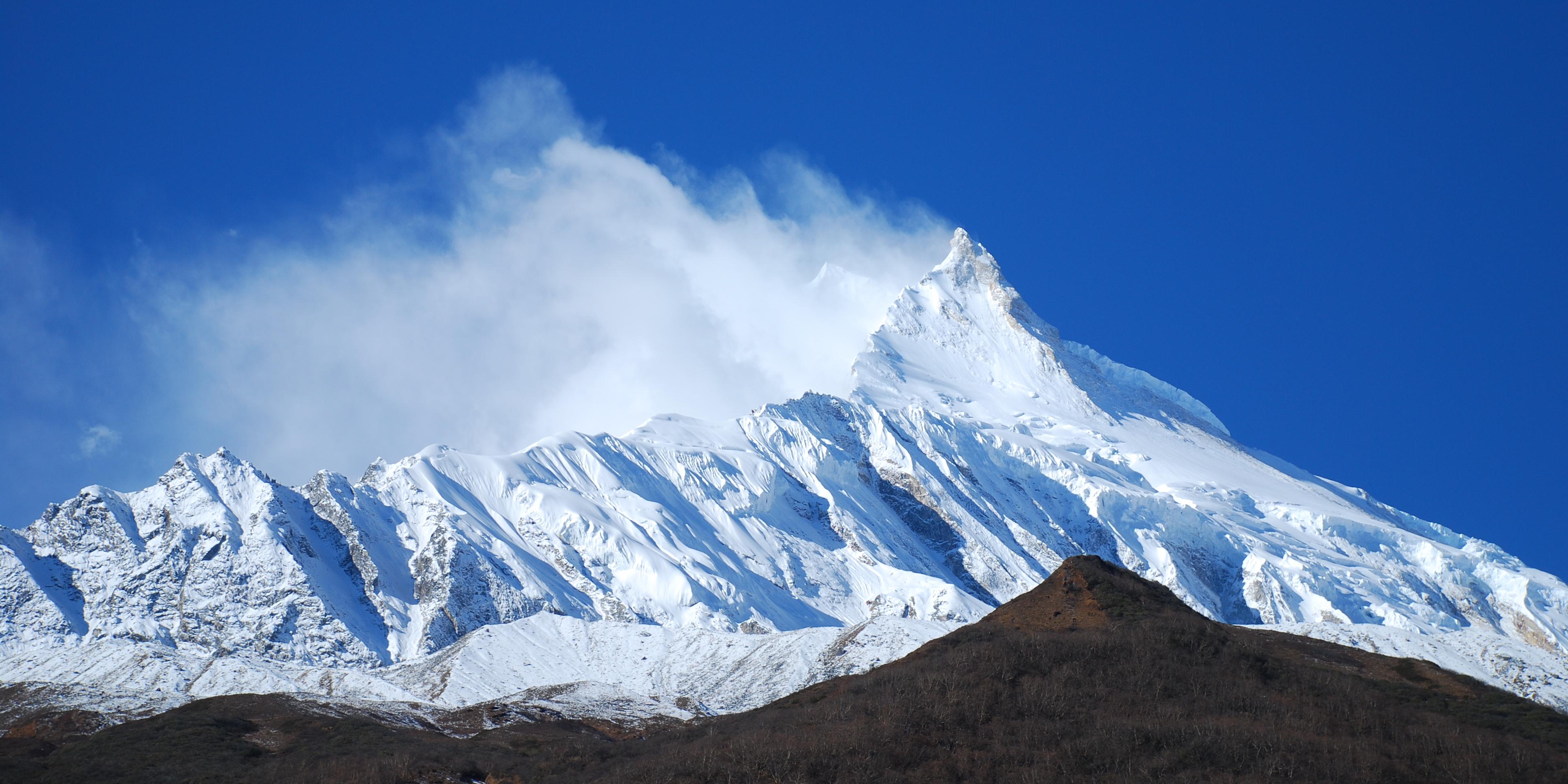
When it comes to trekking in Nepal,
most travelers first think of Everest or Annapurna. While those treks are
iconic, they often come with crowds and commercialization. For those who seek
an authentic, raw, and spiritually enriching journey, the Manaslu Circuit Trekking with the
hidden Tsum Valley exploration stands as a truly precious experience.
Tucked in the
north-central Himalayas of Nepal, near the Tibetan border, this region is still
relatively unexplored,
culturally intact,
and naturally preserved.
Here, every step introduces you to dramatic scenery, warm-hearted communities,
mystical Buddhist culture, and unmatched peace. It is one of the best less crowded trekking
trails in Nepal, promising not just sights, but soulful
transformation.
Let’s explore in
depth what makes this journey so exceptional:
1. Majestic Mountains
Including Mount Manaslu, Himalchuli, Mansiri
Rising to 8,163
meters, Mount Manaslu,
the eighth-highest
mountain in the world, is the crown jewel of the region. As you
ascend along the trail, the mountain reveals itself slowly—first as a distant
silhouette, and later in its full towering glory, with snow-plastered faces
glowing at dawn and dusk.
But Manaslu isn’t alone.
The trek offers breathtaking views of the Himalchuli range, Ngadi Chuli, and Ganesh Himal, part of
the broader Mansiri
Himal range. Their presence dominates the landscape and
instills a sense of humility and wonder in every trekker. Unlike commercial
trekking routes, these mountains offer clear,
unobstructed views without the distraction of tourist masses,
giving you space for reflection and appreciation.
What truly sets the Manaslu Trekking experience
apart is the sheer diversity
of its landscapes. You begin in lush, tropical valleys with
banana trees, rice paddies, and terraced farms. As you move upward, the
environment transforms into oak and rhododendron forests, then into alpine
meadows and eventually into arid, high-altitude desert.
The geographical transformation is
continuous and magical—from warm riverbanks and cascading
waterfalls to icy cliffs and moraine-filled valleys. Few trekking routes in the
world offer this kind of day-to-day variety, which keeps the journey engaging,
beautiful, and unforgettable.
The Manaslu region
lies within the Manaslu
Conservation Area, a protected biosphere that is home to a rich
variety of Himalayan wildlife. As you walk along the trail, keep your eyes open
for blue sheep grazing
on rocky slopes, Himalayan
tahrs climbing cliffs, or even the elusive snow leopard,
which has been spotted more frequently in this region in recent years.
The forests are alive
with birdcalls, especially that of the colorful Himalayan monal, Nepal’s national bird.
Butterflies, langurs, and occasionally Himalayan black bears add to the sense
that you are truly trekking through an untouched natural sanctuary. This is
where nature walks in
harmony with human heritage—a balance that has become rare in
today’s world.
One of the highlights
and most challenging parts of the trek is crossing the Larkya La Pass,
standing at 5,160 meters. This high mountain pass is a gateway between two
worlds—from the culturally Tibetan upper Manaslu region into the greener, lower
Annapurna zone.
Though the ascent is
strenuous and often icy, the views from the top are worth every step. The
summit offers a 360-degree
panorama of snow-capped peaks like Himlung, Cheo Himal, Kang
Guru, and Annapurna II. The crossing gives a thrilling sense of accomplishment,
and for many trekkers, it is the most memorable day of their journey.
Higher up the trail,
as you approach villages like Lho,
Sho, Sama Gaon, and Samdo, the
architecture, language, clothing, and spiritual practices all shift into a
deeply Tibetan cultural
zone. These villages have preserved their way of life for
generations, with strong ties to Tibetan Buddhism.
Homes are built with
stone and timber, prayer flags flutter from rooftops, and people speak Tibetan
dialects. The rhythm of life here follows the cycles of nature and ritual, and visitors
are warmly welcomed into this timeless lifestyle. You’ll feel not just like an
observer, but a part of a sacred human tapestry.
Every village you
pass holds sacred sites—Buddhist
monasteries, mani walls, and chortens (stupas)—which serve as
centers of spirituality and learning. Among the most famous is Mu Gompa in the Tsum
Valley, one of the oldest and most revered monasteries in Nepal.
These religious
landmarks are not only visually beautiful but spiritually powerful. Many
trekkers take time to sit, spin prayer wheels, listen to chants, or receive
blessings from monks. The quiet aura of these places, surrounded by towering
peaks, can be a deeply meditative experience.
Despite the
challenging geography and simple lifestyle, the people of the Manaslu region
are incredibly welcoming
and kind-hearted. Staying in local tea-houses offers more than
food and shelter—it offers connection.
Trekkers are often
invited into kitchens to warm by the fire, share stories, and drink butter tea
or chhang (local millet beer). The home-cooked dal bhat, prepared with
ingredients grown on nearby fields, tastes like comfort in every bite. It’s a
warmth that stays with you long after the trek ends.
The Manaslu and Tsum Valley region
is still far from the reach of mass tourism, largely due to its restricted
status and less developed infrastructure. This is what makes it a true hidden treasure
for serious trekkers.
You’ll walk for hours
without seeing another group. Villages are quiet, peaceful, and untouched by commercial influence.
This allows for an unfiltered, intimate connection with nature and
people—something that’s becoming increasingly rare in today's travel
experiences.
Yes, this trek is
demanding. It involves long
walking days, steep
ascents and descents, basic
amenities, and cold
nights at high altitudes. But every hardship is met with a
reward: a spectacular sunrise over snow peaks, a spiritual moment in a silent
monastery, or a connection with a smiling local child.
The challenges force
you to dig deep, to slow down, to become present. And it’s this inner journey
that transforms Manaslu Trekking into one
of the most fulfilling trekking experiences in Nepal.
Being a restricted trekking zone,
the Manaslu region requires special permits and a licensed guide. While this
may sound restrictive, it actually protects
the region from over-tourism and maintains its cultural
integrity.
This regulated access
preserves the environment and local culture, ensuring a low-impact, high-value trekking
experience. It also contributes to the sustainable development
of the area through permit revenue, making your journey a force for good.
In the silence of the
high Himalayas, with no internet or distractions, you begin to hear your own
thoughts clearly. Trekking in such remote wilderness leads many to experience mental clarity, spiritual calm, and
emotional healing.
This trek becomes a
path of self-awareness,
where each footstep becomes a meditation. It’s common for trekkers to come back
saying they didn’t just walk through the mountains—they walked deeper into
themselves.
The lower stretches
of the trail pass through subtropical
forests, where you'll see bamboo, pine, and blooming
rhododendrons in spring. As you ascend, the vegetation shifts to alpine flora,
including rare medicinal
herbs and hardy flowers that bloom at altitudes above 3,500
meters.
This ever-changing
greenery enhances the beauty of the journey and underlines the ecological richness of
the Manaslu region, which few trekking destinations can match.
The Tsum Valley is a side
trail off the Manaslu Circuit and remains one of the most mystical and untouched regions in
Nepal. Isolated until recently, it has preserved a unique form
of Buddhist culture
believed to be as old as Tibet itself.
Here, you can visit ancient monasteries, nunneries, sacred caves, and meet
monks who live lives of meditation and service. The valley is believed to be a hidden spiritual sanctuary,
a “beyul” in Tibetan tradition, where spiritual energy is concentrated and
enlightenment is easier to attain.
Compared to other
high-altitude treks like Everest Base Camp or Annapurna Circuit, the Manaslu
and Tsum Valley Trek offers a richer
cultural experience, more natural beauty, and fewer tourists—at a lower cost.
This makes it one of
the best off-the-beaten-path
trekking adventures in Nepal, giving you a high reward for your
investment of time, energy, and budget.
The trek follows the Budhi Gandaki River
from Arughat to Sama Gaon, winding through gorges, canyons, and suspension
bridges. The river provides a natural
rhythm and continuity to the trek, guiding your steps with the
sound of rushing water, waterfalls, and glacial streams.
Walking alongside this
powerful, life-giving river connects you with the ancient paths of trade, pilgrimage,
and migration that once flowed through these same trails.
If you're dreaming of
trekking in Nepal
but wish to avoid the crowds, commercialization, and overexposure of popular
routes, the Manaslu
Circuit with Tsum Valley is your answer. This is a journey
through spiritual
sanctuaries, ancient cultures, untouched landscapes, and your own soul.
It’s not just a trail
- it’s a precious path
of discovery, beauty, challenge, and peace.
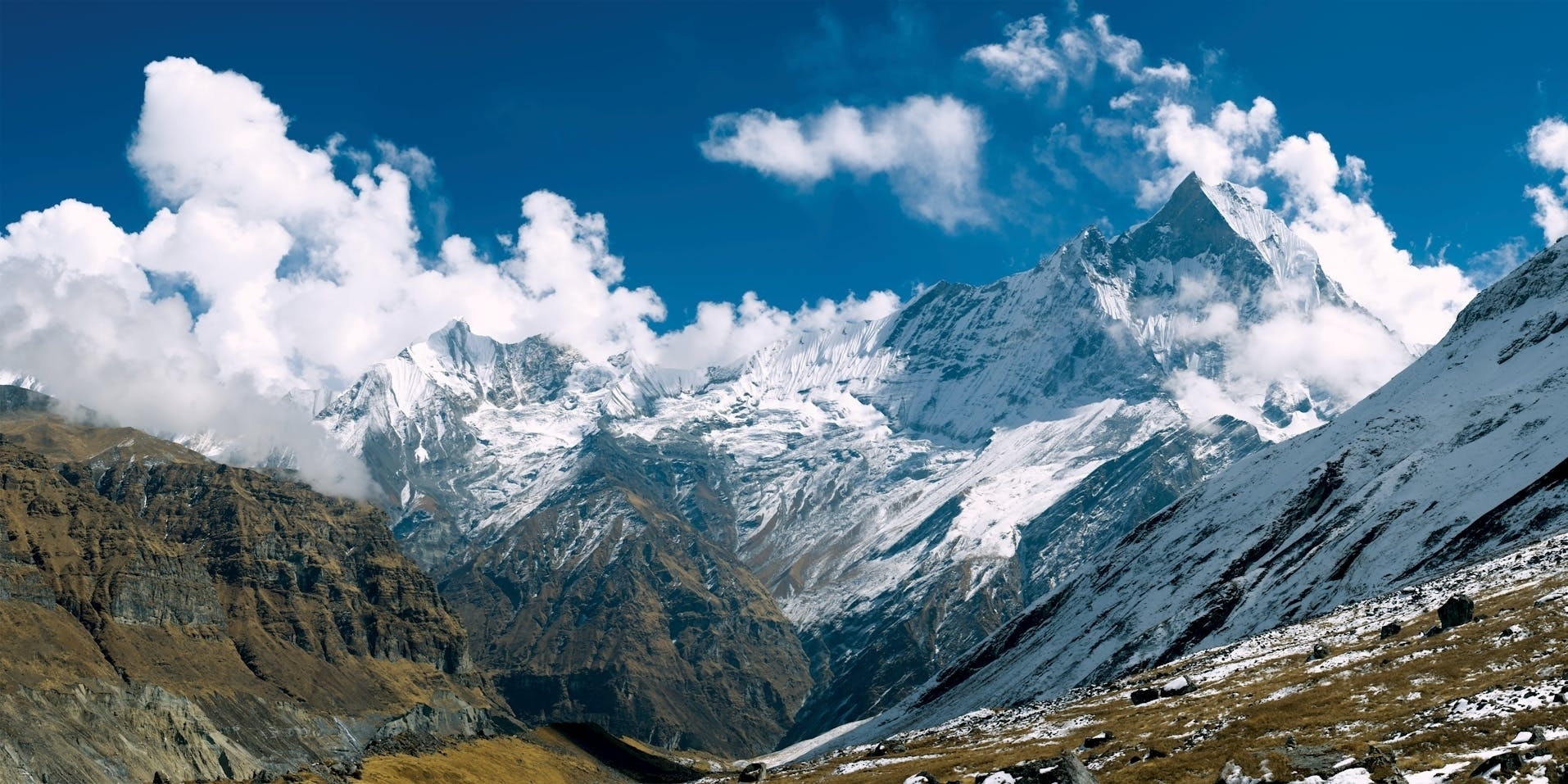
Nepal, a landlocked country nestled in the heart of the Himalayas, is renowned for its stunning landscapes, rich culture, and warm hospitality. With e...
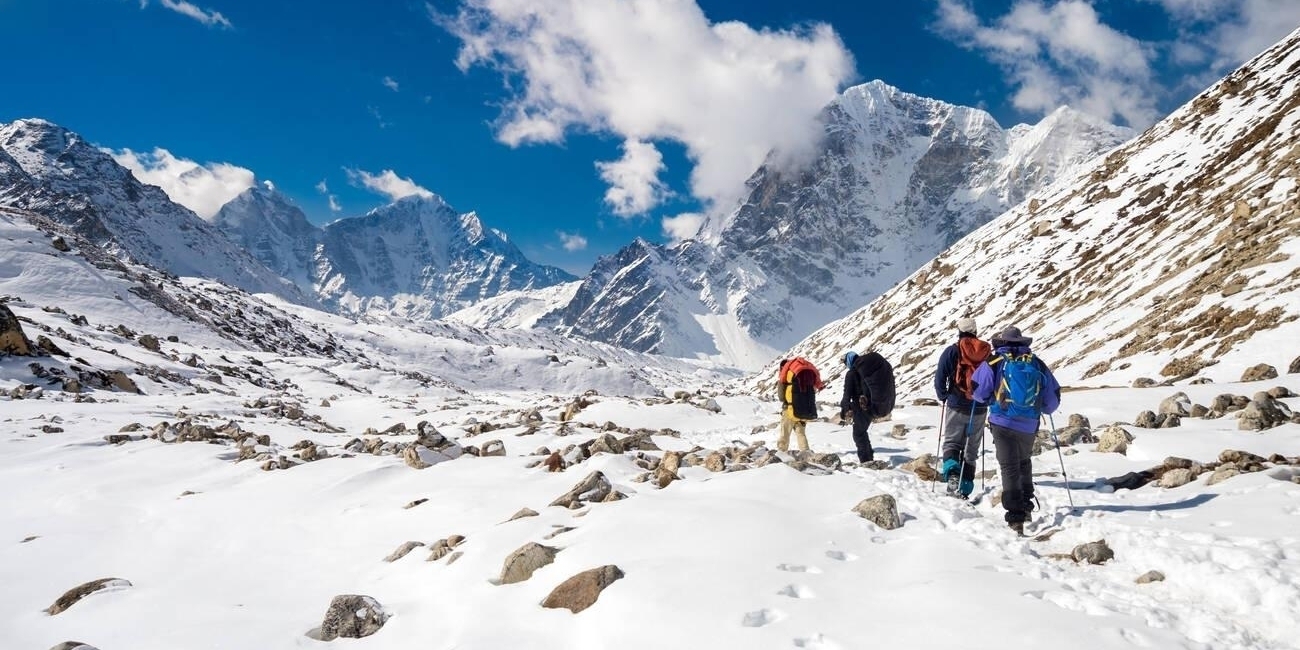
The Everest Region, renowned for its breathtaking landscapes and rich Sherpa culture, offers some of the most iconic trekking routes in the world. One...
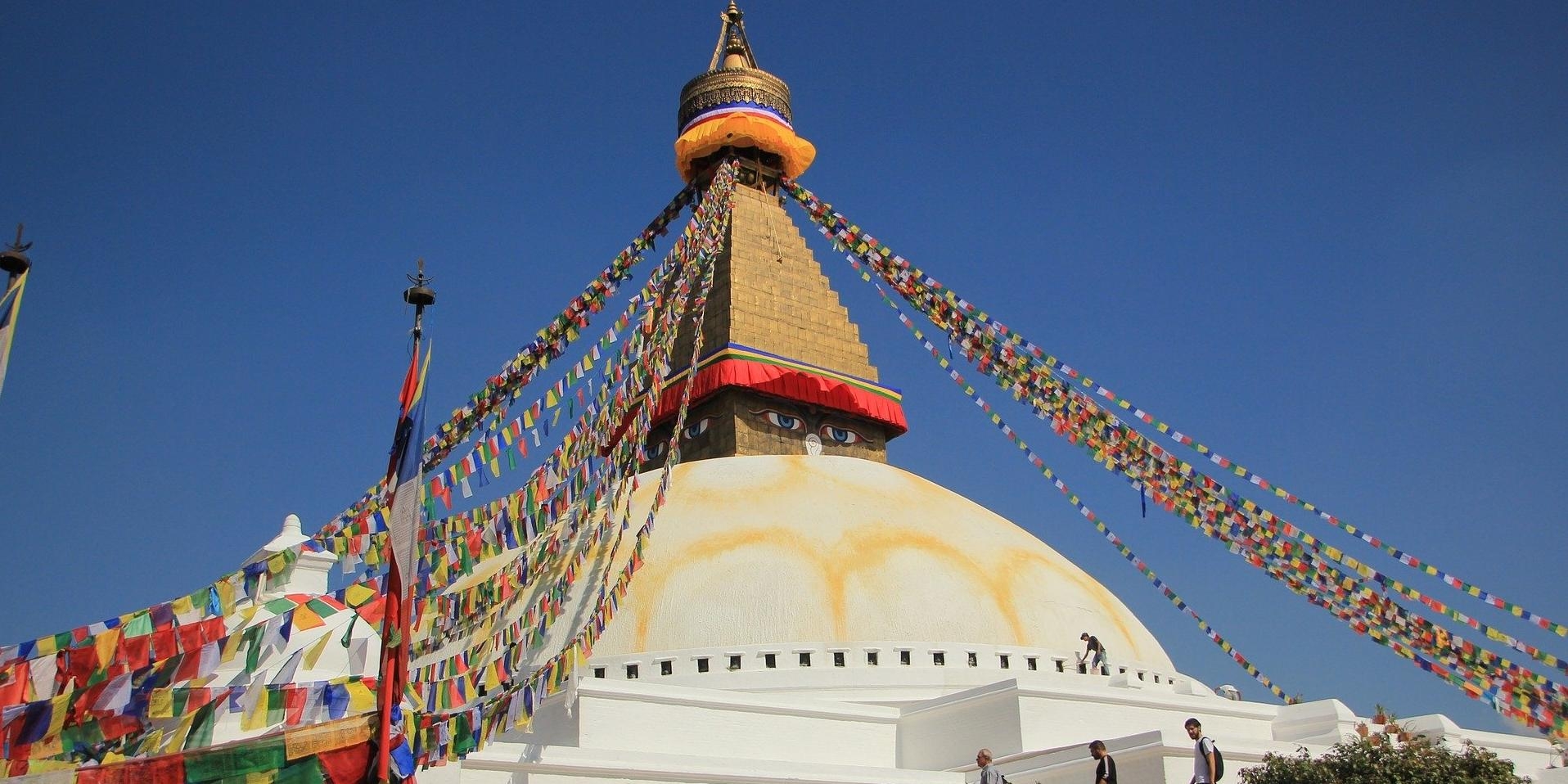
Nepal, a land of stunning landscapes and rich cultural heritage, offers a diverse range of tour destinations that promise unforgettable experiences in...
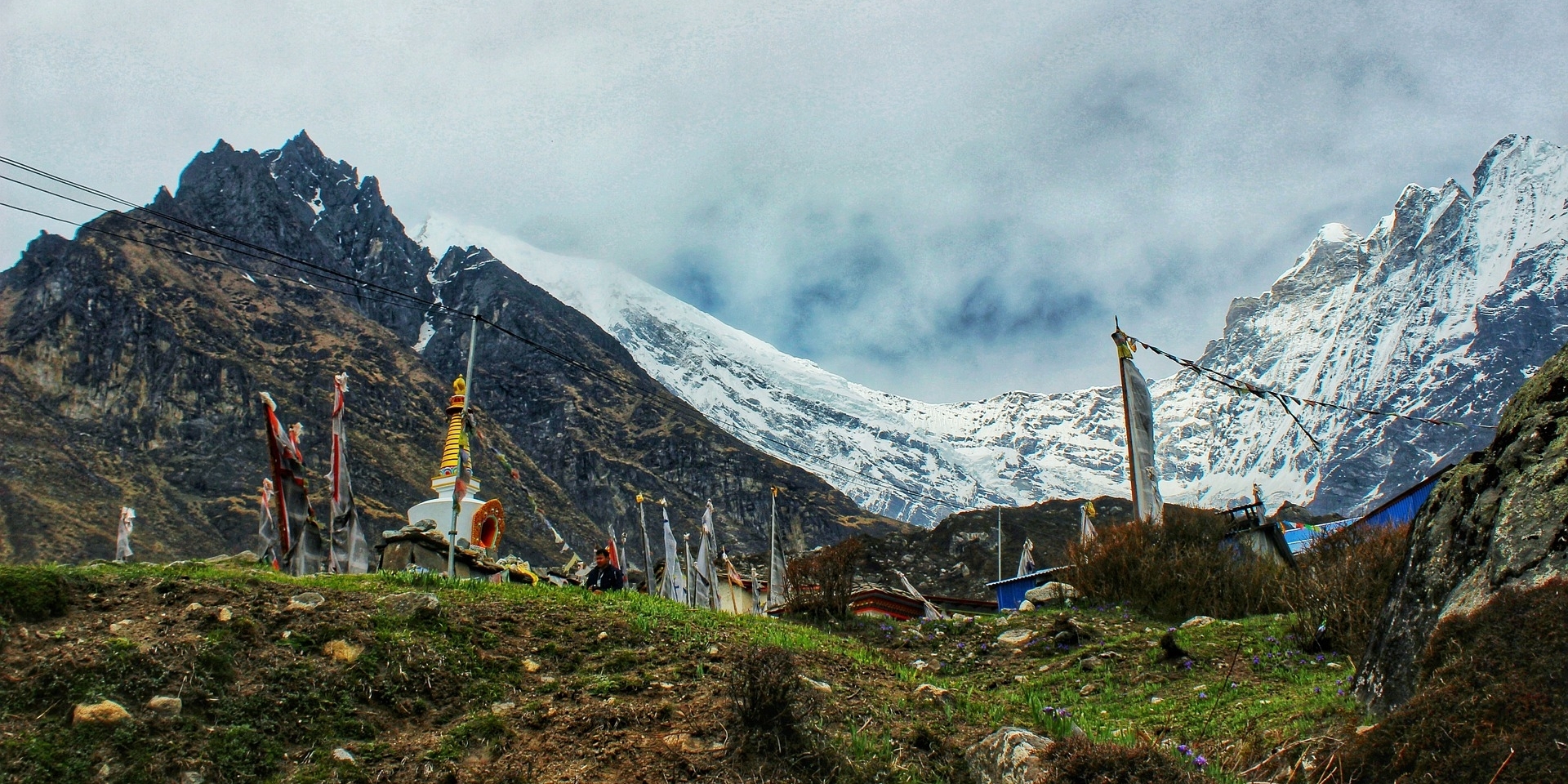
The Langtang Region, located in the northern part of Nepal, is a stunning trekking destination that offers breathtaking views, diverse landscapes, and...
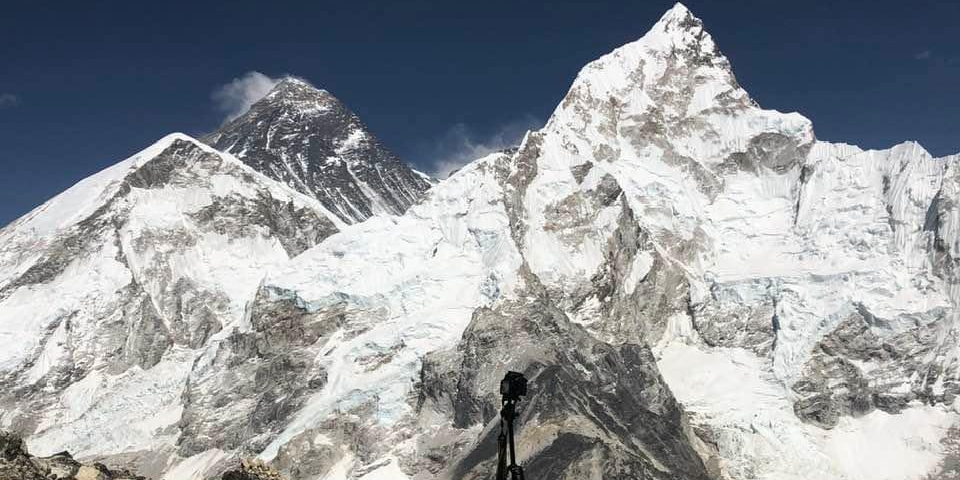
Discover why Everest Base Camp Trekking is the world’s top adventure trekking—breathtaking views, Sherpa culture, and a life-changing Himalayan journ...
